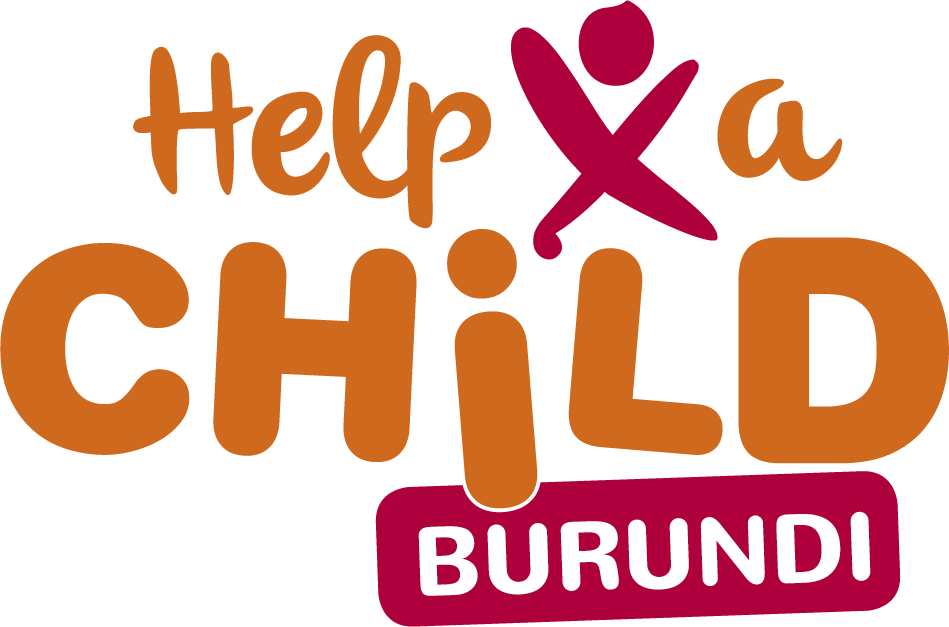Lesson 1: Mixed youth groups are bridgebuilders par excellence
BBB established self-help groups as a structure for training, savings and loans know-how and joint income generation. Where possible, the groups were composed of youth from various backgrounds. This approach turned out to be a key strategy in allowing these youngsters to meet household needs, strengthening social resilience and reducing negative interactions.
Lesson 2: Informal justice systems have the potential to foster the rule of law
The BBB programme supported various traditional bottom-up mechanisms to play a role in conflict resolution. Independent research conducted in 2021 showed these informal justice systems make a significant contribution toward restoring the rule of law. Where the judicial system is broken, informal justice “reduces the distance between communities and judicial services in many aspects” and “allows for the acceptance of a certain order and feeling of a common belonging”.
Lesson 3: A peaceful future can only be built upon a healed past
BBB linked community members to trauma healing and reconciliation services (THARS), helping youngsters and communities to deal with the legacies of a violent past. One participant described the impact as follows: “The hatred against the other ethnic group had increased to the point of wanting to avenge me. The listening, discussion and reconciliation sessions positively changed my life and vision. This programme proves that together we can build something solid. United, we are the living force for the development of the country.” This shows that psychosocial care and peacebuilding are interconnected in enabling sustainable community development.
Lesson 4: Putting learning above logframe opens ways for meaningful adaptation
Adaptive programming, which responds to a changing context and lessons learned, has allowed the programme to be highly relevant and to capitalize on new insights. In the original design of BBB, for example, trauma healing was a marginal element. As the programme progressed, however, it came to be emphasized much more strongly. The external evaluation report was positive about this learning-while-doing attitude, resulting in greater impact by “engaging more directly with reconciliation efforts at the community level”.
Lesson 5: Patience in participatory approaches pays off
Improving the social contract between local authorities and civil society has been another focal area. Amongst other structures, BBB established and trained community-based mediators, transitional justice focal points and local committees for good governance. In all, 11 different stakeholders were involved in intergenerational dialogues. This long-haul commitment to bottom-up mobilization was definitely rewarded by the willingness and confidence of the participants [source].
In Burundi’s judicial context, with an often unhealed past, the BBB programme was able to identify some solid foundations suitable for building bridges. Despite fragile circumstances, these can serve as starting points for youth and community empowerment, both in Burundi and abroad. They support our vision for youth to be resilient, confident and ready for work. And they underline Help a Child’s drive for communities to gain social cohesion, participate in economic development and be able to cope with crises.

